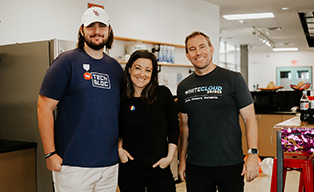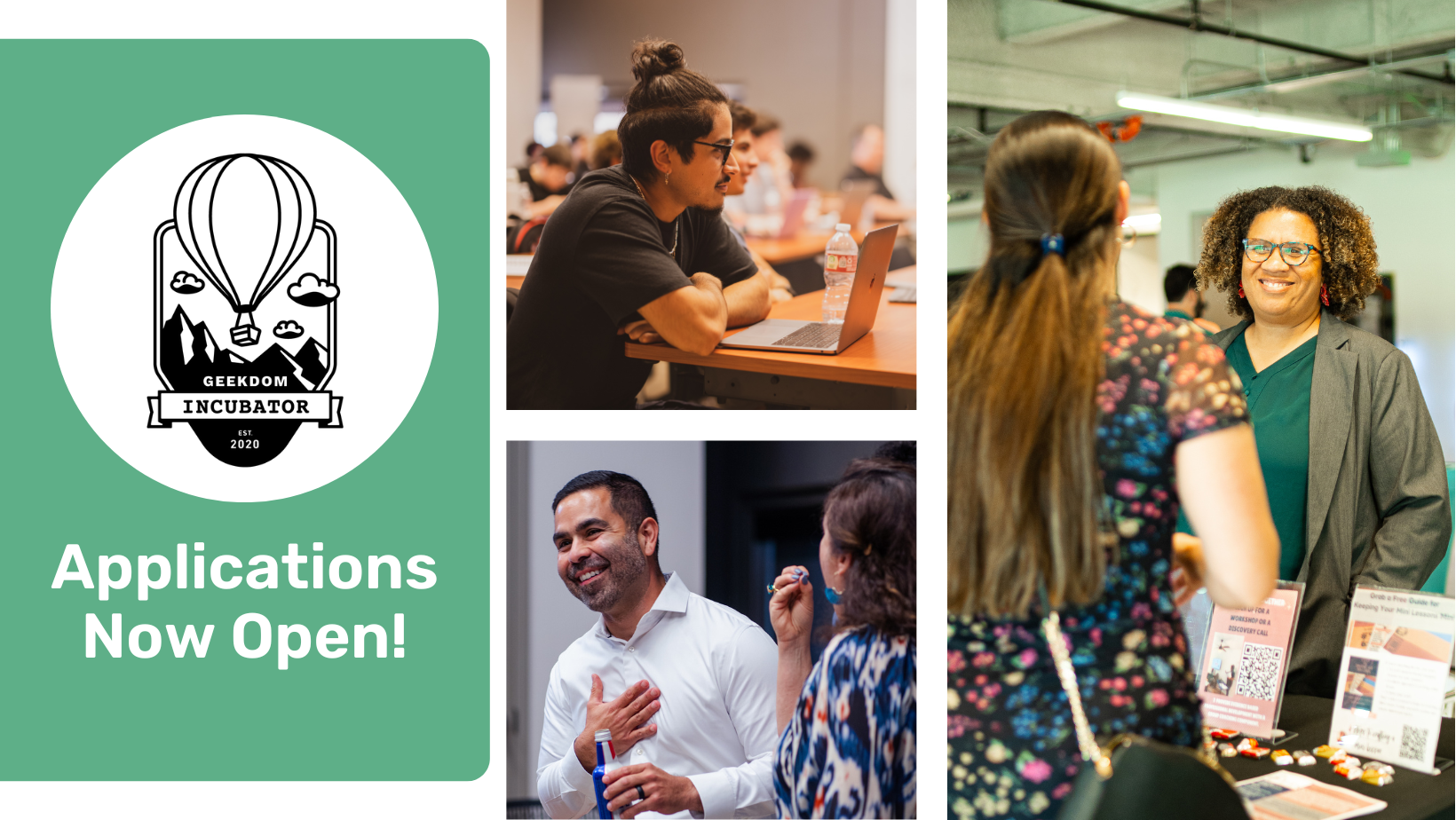As a founder, it can be overwhelming when you don’t know the meaning of commonly used funding terms within the startup community.
You could fund your startup through bootstrapping. This term refers to when startup founders invest their own money or get friends and family to invest in the business.
But what if you need funding to grow your business? What’s a seed round, and how is that different from a pre-seed round?
The usual number of seed rounds a company pursues before completing an initial public offering (IPO) is three. However, there is no set number of rounds founders must follow.
Let’s talk about the most common terms for startup capital – the money you need to start and operate your business.
What are the funding rounds for your startup?
Many companies typically complete several fundraising rounds before reaching the initial public offering (IPO) stage. These fundraising rounds allow investors to invest money into a growing company in exchange for equity or some percentage of ownership of your company.
The initial investment — seed funding — is followed by various rounds, known as Series A, B, and C. Before any round of funding begins, a venture capital (VC) firm’s analysts evaluate the company in question. Data they collect during the due diligence phase will include a new valuation showing what your company is worth at the time of each funding round.
Many factors, including management, proven track record, market size, and risk, go into a company’s valuation. These factors impact the types of investors likely to get involved in a particular company.
Bottom line: One of the critical distinctions between funding rounds has to do with the valuation of the business, as well as its maturity level and growth prospects.
What is ‘Family and Friends’ funding?
A family and friends funding round is a type of startup funding that involves raising money from friends and family members. Usually done in the early stages of the startup, the amount of money raised is typically small, and the investors are generally not expecting a significant return on their investment.
A ‘friends and family’ round is typically seen as a good option when a startup is too early to attract capital from accredited investors or firms.
What is pre-seed funding?
The earliest stage of funding a new company comes so early in the process that it is not generally included in the funding rounds. The pre-seed funding stage is when a company’s founders first get their operations off the ground.
Founders typically use this type of funding to cover expenses such as market research and product development. Family and friends funding is essentially pre-seed funding. The money raised during a pre-seed funding round is usually less than $1 million.
What is seed funding?
Seed funding is the first official equity funding stage. The money raised during a seed funding round is usually between $1 million and $5 million (depending on the market and type of startup). Many in the earliest stages of running their startup may conflate seed and friends and family funding rounds. But in most cases, the two rounds of funding are significantly different.
Most entrepreneurs’ friends and family don’t have the capital to compete with angel investors or venture capital firms. As a result, the funding raised by friends and family usually amounts to less than $100,000 in all but the rarest circumstances.
An angel investor is one of the most common types of investors participating in seed funding. These investors look for early-stage disruptive startups and expect an equity stake in the company in exchange for their investment.
What is Series A funding?
The first round after the seed stage is Series A funding. In this round, it’s crucial to have a plan for developing a business model that will generate long-term profit. Many seed-stage startups have great ideas that create many users. However, the company may not know how to monetize the business.
In Series A funding, investors are looking for more than great ideas. Instead, they seek founders with great ideas and a strong strategy for turning that into a thriving, money-making business. The money raised during a Series A funding round ranges from $2 million to $15 million.
What is Series B funding?
Series B rounds help founders grow businesses past the development stage. Companies that have gone through seed and Series A funding rounds have already developed customer bases and have proven to investors that they are gearing up for success on a larger scale.
Series B funding is used to grow the company to meet these demand levels and expand its market reach. The money raised during a Series B funding round is usually between $15 million and $50 million.
What is Series C funding? Is there a Series D round?
Businesses that raise Series C funding are already quite successful. These companies look for additional financing to help them develop new products, expand into new markets, or acquire other companies.
Series C funding focuses on scaling the company, growing it as quickly and efficiently as possible. The money raised during a Series C funding round is usually over $50 million. In Series C rounds, investors inject capital into businesses to receive more than double that amount as profit or return on their investment.
The typical number of seed rounds a company goes through before completing an initial public offering (IPO) is three. However, there is no set number of rounds founders must pursue. Companies that continue with Series D funding tend to do so either because they are in search of a final push before an IPO or because they have yet to be able to achieve the goals they set out to accomplish during Series C funding.
What is an Initial Public Offering (IPO)?
An initial public offering (IPO) happens when a company sells shares of stock to the public for the first time. The proceeds from the IPO help the company grow and expand.
An IPO allows a company to raise equity capital from public investors. Private investors often get paid gains from their investment when a company transitions from private to public status. Public investors can also decide to buy shares in your company after an IPO. Companies must meet certain conditions and requirements as detailed by the Securities and Exchange Commission (SEC) to hold an IPO.
An IPO is what a company’s founders and early investors often call an ‘exit’ strategy to get back a return on their private investment. Typically, this growth stage happens when a company has reached a private valuation of approximately $1 billion, known as unicorn status.
What happens in the Merger & Acquisition (M&A) phase?
Merger and acquisition (M&A) funding is what one company uses to acquire another to help the acquiring company grow and expand its operations.
A company may buy another company, merge with it to create a new company, acquire some or all of its significant assets, make a tender offer for its stock, or stage a hostile takeover. All these are M&A activities. The amount paid for the acquisition can vary greatly depending on the company’s size.
Summing it up
There are definitive stages of startup funding available to entrepreneurs. Family and friends funding, pre-seed funding, seed funding, Series A, Series B, and Series C funding are all common stages of funding startups often pursue. Additionally, an IPO or M&A can provide significant funding opportunities for companies.
Understanding these funding terms can help entrepreneurs make informed decisions about their funding options and set their companies up for success. If you would like help from one of our experienced mentors or are interested in participating in one of our startup programs, connect with Geekdom today.
The featured image is of a typewriter with a sheet of paper in it that says ‘FUNDING ROUND.’ Photo by Markus Winkler on Unsplash.



